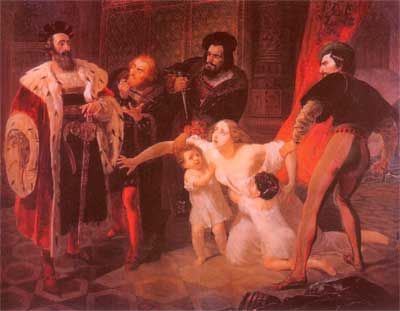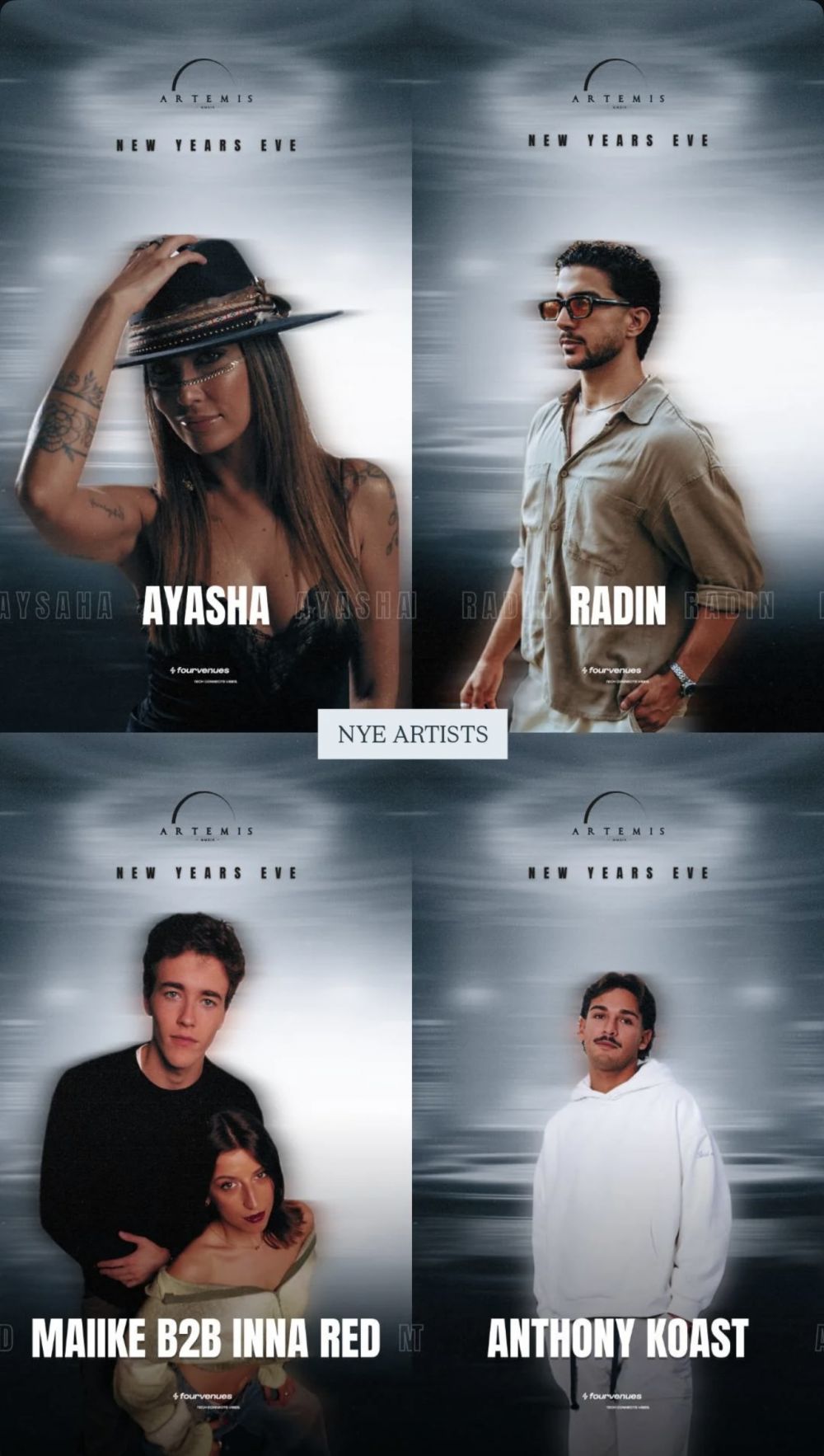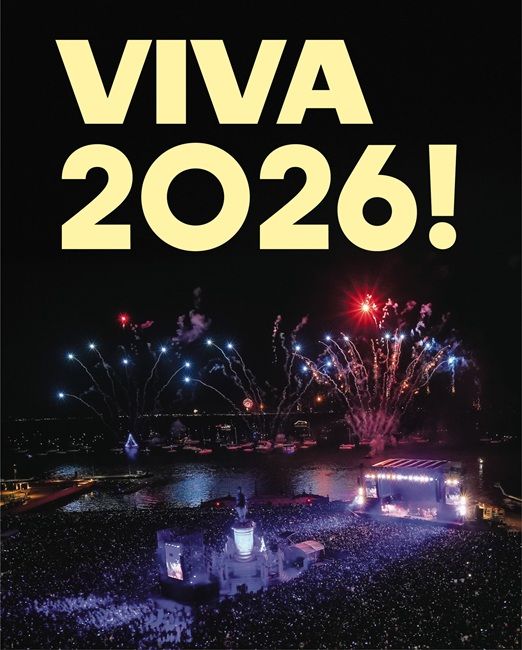Obras de referência da cultura portuguesa
"PEDRO, O CRU"
de ANTÓNIO PATRÍCIO
Análise de Duarte Ivo Cruz
Tradução: Alexandra Leitão

O simbolismo legou ao teatro português, com António Patrício, uma das mais coerentes expressões de fidelidade à escola num plano de qualidade literária, poética, mas também cénica e espetacular, no melhor sentido do termo... o que não será fácil, dadas as características peculiares desta estética, quando aplicada à dramaturgia.
José Régio, que encontraremos adiante também tocado pelo simbolismo, qualifica o teatro de António Patrício como "verbalmente espetacular", o que, acrescenta, não impede "um valor de comunicabilidade, de ação". E com efeito, esta dramaturgia, breve que seja e ainda em parte por revelar na íntegra, vai buscar muita força à escrita: mas a escrita é dinâmica, na medida em que se vocaciona para o espetáculo e para a expressão teatral das situações.
E isto, mesmo quando os temas são assumidamente conhecidos e previsíveis, quase redundantes. "Pedro, o Cru" (1913) é um grande exemplo, talvez o mais nítido nesse aspeto, ao contrário do alucinante "O Fim", que em 1909 inaugura esta dramaturgia e prenuncia a queda da Monarquia. Em qualquer caso, o que se quer frisar será a originalidade, não do tema, como é obvio, e nem sequer das situações que são as expectáveis na fidelidade à História e ao mito – mas, isso sim, na força avassaladora da palavra, na sua capacidade de se transformar em espetáculo e na fidelidade a uma matriz que Patrício desenvolve com mestria quase ímpar no teatro português.
Essa matriz nasce em primeiro lugar da dicotomia do amor e da morte, ou, se quisermos, do amor tornado impossível mas também eternizado pela morte. E nesse aspeto, não há, como bem se entende, melhor exemplo do que "Pedro o Cru". Com a maior incidência no próprio entrecho, que vai muito mais longe do que a tragédia de Ferreira e as suas paráfrases, na impossibilidade física e na fatalidade do amor.
Temos depois a força da palavra, a tal "espetacularidade verbal" de que fala Régio e que, neste caso, ainda é mais notável pela circunstância de alcançar a maior força de espetáculo em três monólogos cruciais: ora só um grande dramaturgo alcança esse feito notável de valorizar espetacularmente o monólogo – e pensamos logo em Shakespeare, que esteticamente, não tem nada a ver com simbolismos…
No caso do “Pedro, o Cru”, as cenas, longas, difíceis mas espetaculares da descrição da execução de Inês, a cargo de Pêro Coelho, da descrição do suplicio, o cargo de D. Pedro e talvez sobretudo, da exumação do cadáver, também por D. Pedro, representam grandes, altíssimos momentos de verbo e espetáculo, que tal é aliás a essência do teatro.
E se pomos maior insistência a última cena citada, é porque encontramos nela outra das grandes características matriciais do teatro simbolista, aliás recorrente em toda a peça, mas aqui projetada ao mais alto nível, pela qualidade da escrita mas também pela coerência da ação, pois se trata do culminar de toda a obra. Referimo-nos ao mórbido, ao repugnante, alçado a categoria superior de estética e de justificação existencial.
Diz D. Pedro com o cadáver de Inês nos braços: "cheiras a podre… saboreio o teu cheiro como um corvo…melhor que o das rosas que me deste (…) estou certo que os vermes mesmo se arrastam no teu corpo com doçura…"
"PEDRO, O CRU" by ANTÓNIO PATRÍCIO
With António Patrício, symbolism has bequeathed to Portuguese theatre one of the most coherent expressions of fidelity to that school on a plane of literary and poetic quality that is also scenic and spectacular in the best meaning of the term. Not an easy task, given symbolism’s unique characteristics when applied to dramaturgy.
José Régio, whom we will shortly encounter also affected by symbolism, described António Patrício’s plays as "verbally spectacular", adding that it does not prevent a "meaning of communicability, of action". And in fact this dramaturgy, however brief and whilst still to be revealed in full, fins most of its force in the writing: but the writing is dynamic, in the extent that it is geared to the show and to the theatrical expression of situations.
This occurs even when the subjects are obvious and well-known, almost redundant. "Pedro, o Cru" (1913) is a major example, perhaps the clearest from this point of view, as opposed to the delirious "O Fim" which in 1909 inaugurated this dramaturgy and foretold the fall of the monarchy. In any case, what we wish to underline is the originality, not of the subject, obviously, and not even of the situations one can foresee from adhering to history and to the myth – but in the overwhelming force of the word, in its capacity to transform itself into spectacle and in its fidelity to a mould that Patrício develops with almost peerless mastery in Portuguese theatre.
This mould first appears in the dichotomy of love and death or, if you like, in a love that cannot be but is also made eternal by death. In this regard, of course, there is no better example than "Pedro, o Cru", with a greater incidence on the actual plot which goes beyond Ferreira’s tragedy and its paraphrases, on the physical impossibility and on the fatality of love.
Thus, we have the force of the words, that "verbal spectacularity" of which Régio speaks and which in this case is even more remarkable because it reaches the highest point in the play in three crucial monologues. Now, only a great playwright can achieve the remarkable feat of spectacularly enhancing a monologue – and we immediately think of Shakespeare, who aesthetically has nothing to do with symbolism.
In the case of "Pedro, o Cru", the long, difficult but spectacular scene describing Inês’s execution, spoken by Pêro Coelho, the one describing the torture, spoken by D. Pedro, and perhaps above all, that of the exhumation of the body, also spoken by D. Pedro, represent high points of word and show, which are in fact the essence of theatre.
Although we insist more on the last scene, it is because it contains another of the major formative characteristics of symbolic theatre that recurs in fact throughout the play, but is here projected at its highest level, because of the quality of the writing and the coherence of the action, given that this is the highlight of the work. We refer to all that is morbid and repugnant, raised to the superior category of aesthetics and existential justification.
With Inês’s cadaver in his arms D. Pedro says: "You smell putrid… I savour your smell like a crow… more than the roses you gave me (…) I am sure that even the very worms crawl sweetly through your body…"
Obras de Referência da Cultura Portuguesa
projeto desenvolvido pelo Centro Nacional de Cultura
com o apoio do Ministério da Cultura

 Divulgue aqui os seus eventos
Divulgue aqui os seus eventos












